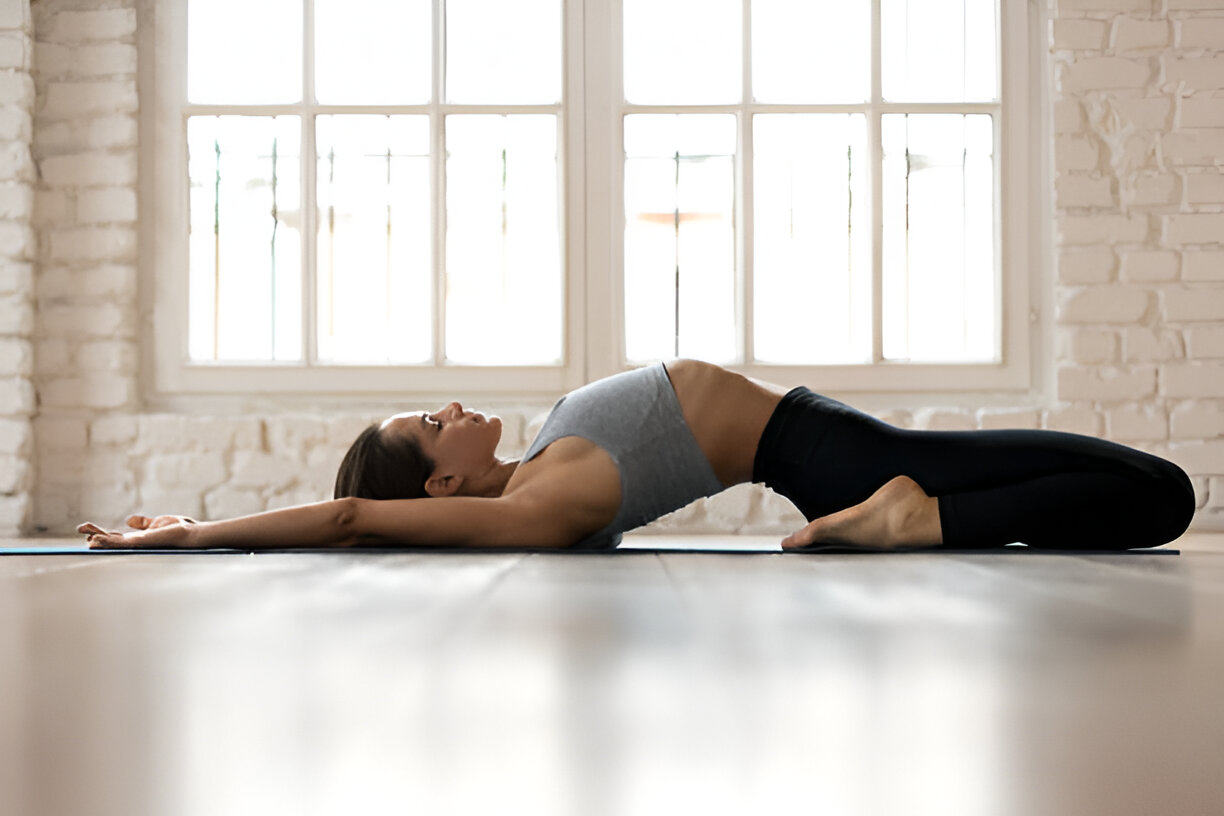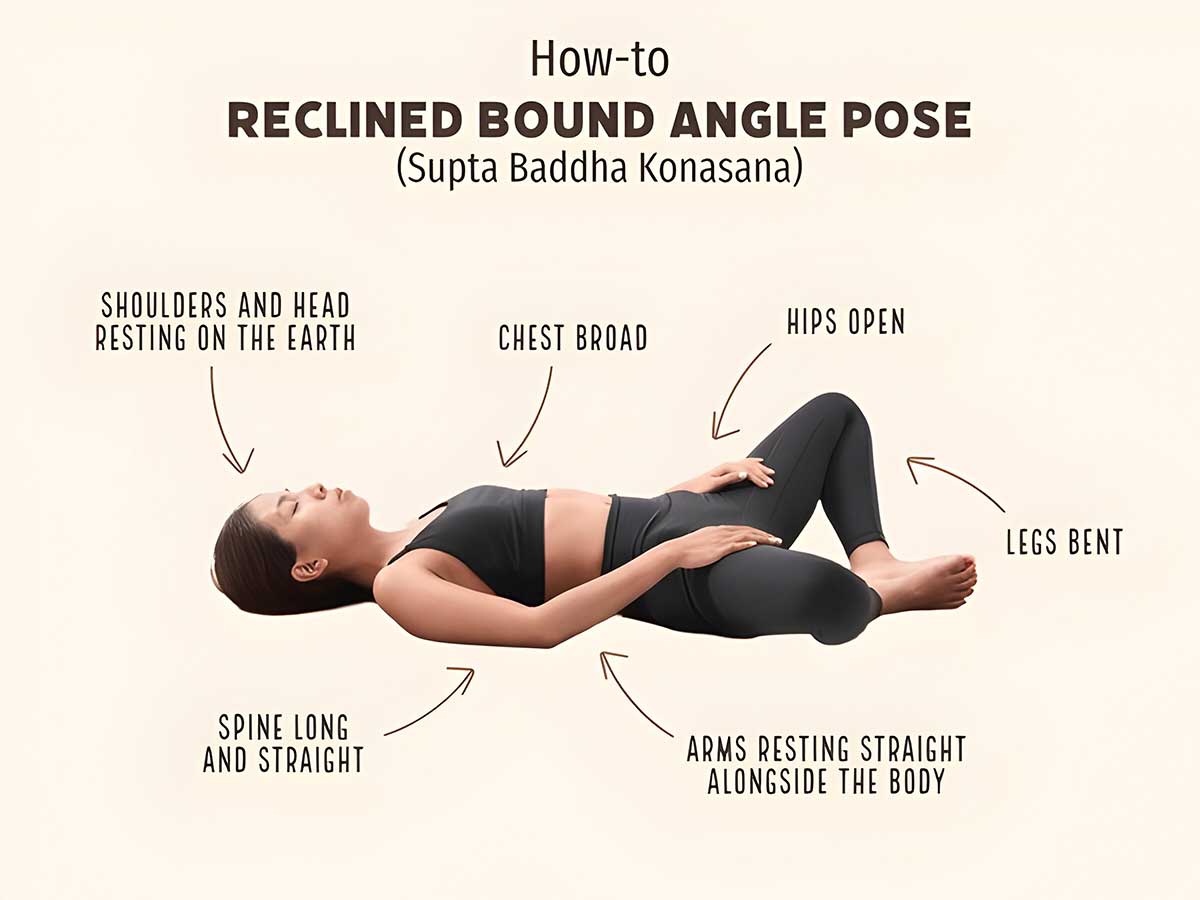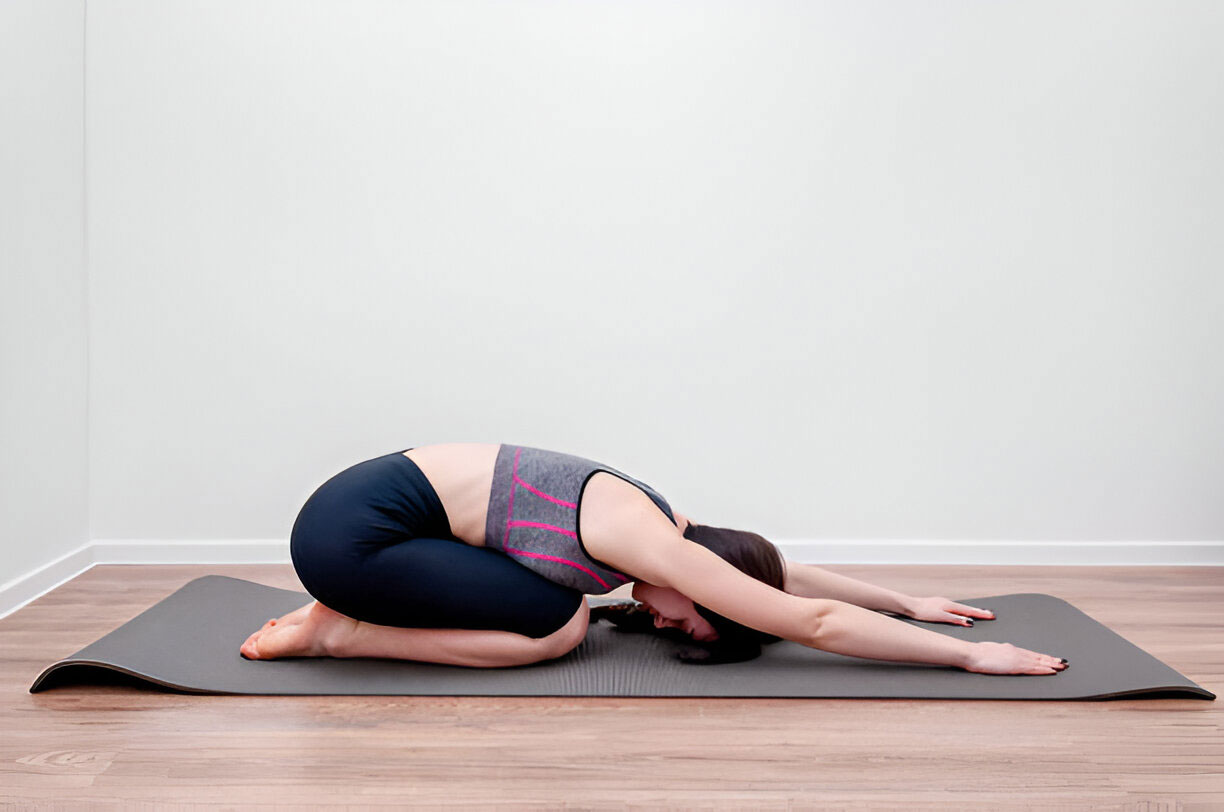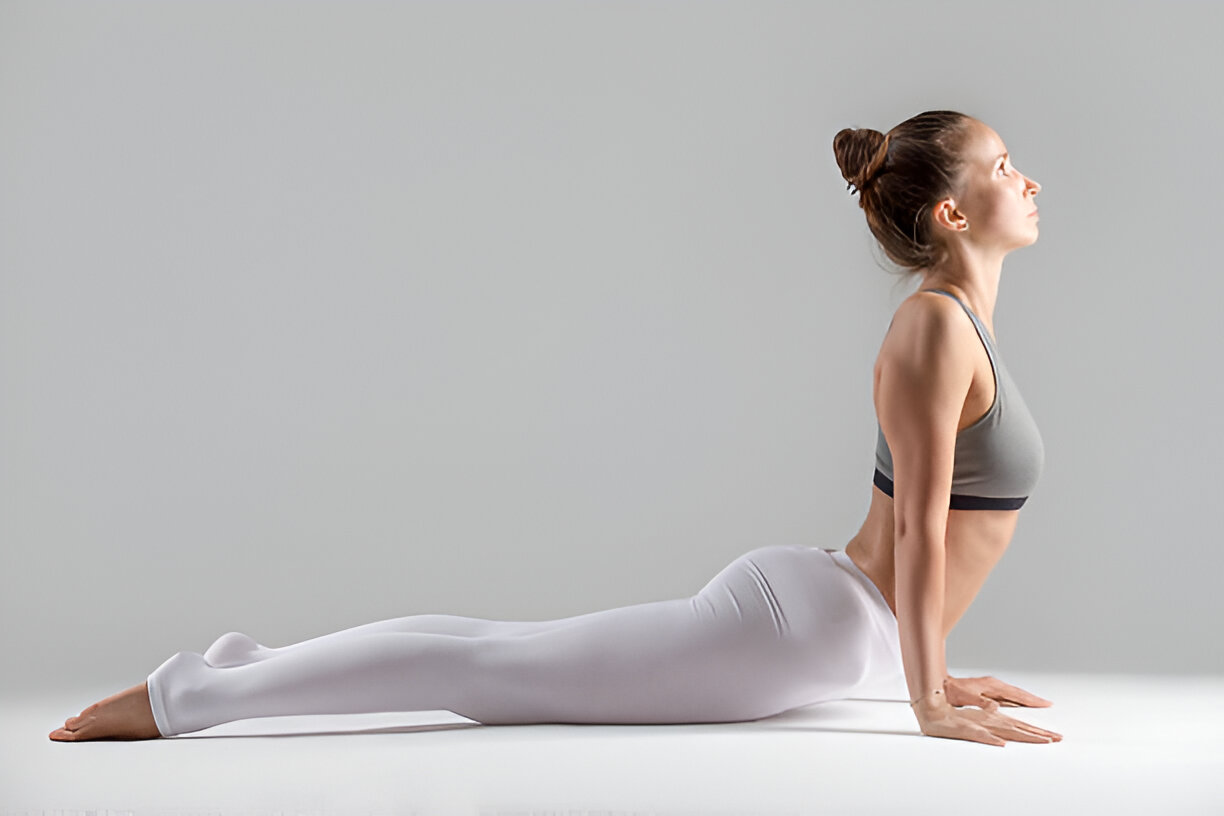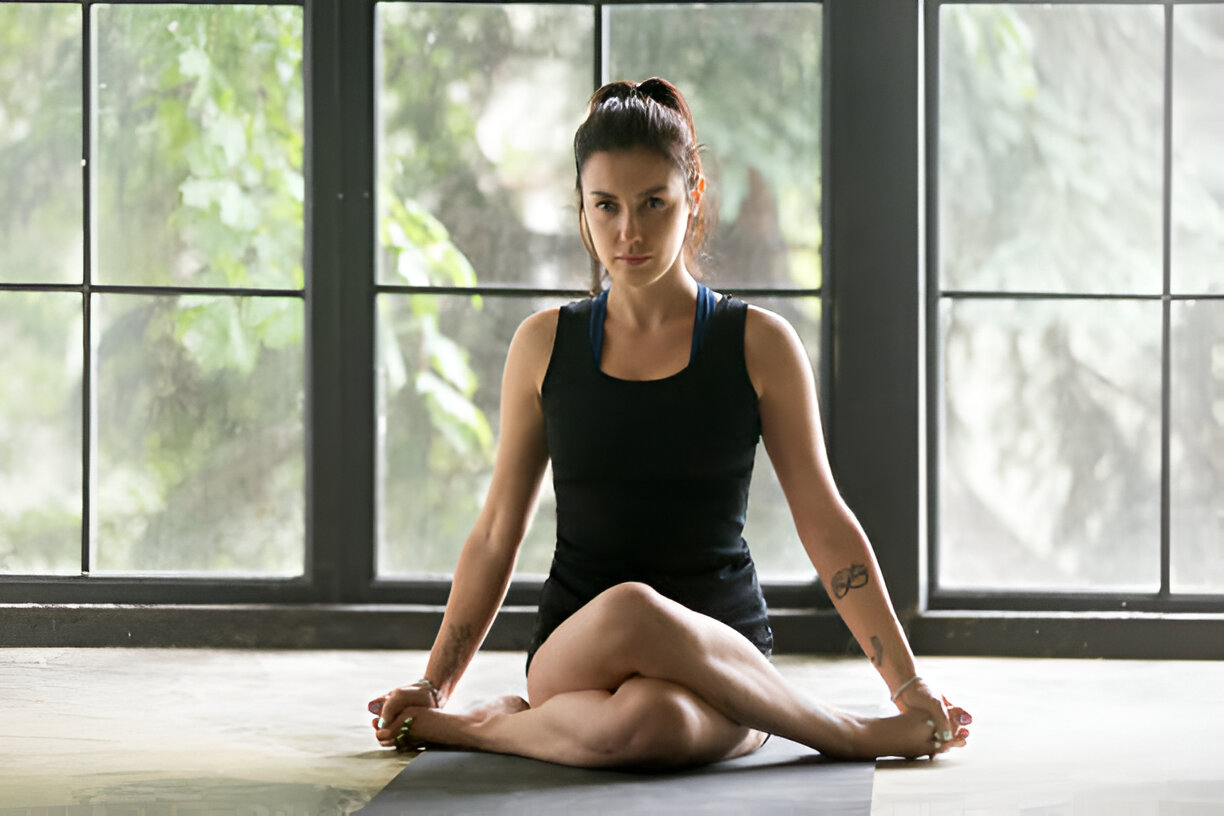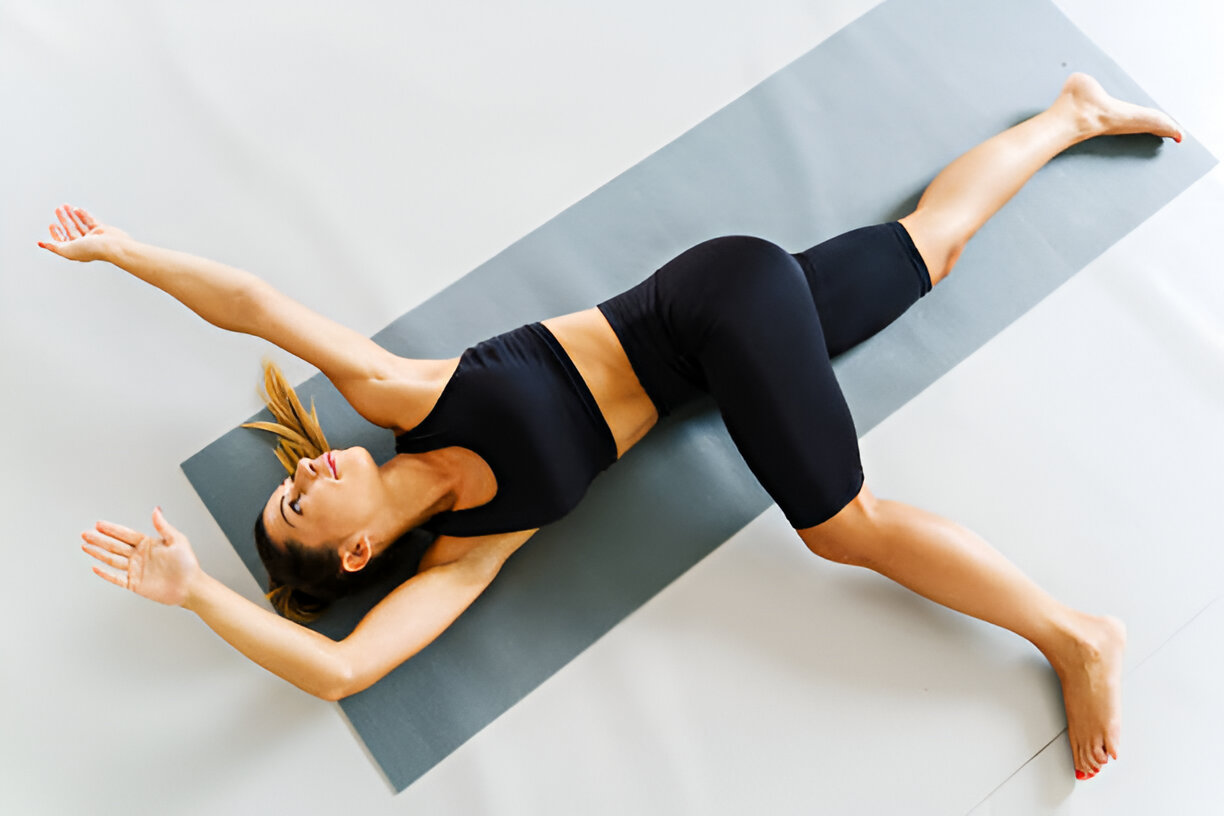What is Yin Yoga, and Who Should Practice It?
Yin yoga is a slow-paced, meditative style of yoga that involves holding passive poses for extended periods, typically between three to five minutes or even longer. Unlike more dynamic styles of yoga, which focus on muscular engagement and movement, Yin yoga targets the deeper connective tissues, such as the fascia, ligaments, and joints. The practice emphasizes stillness and deep breathing, offering a unique opportunity to turn inward and cultivate mindfulness.
Yin yoga is based on the principles of traditional Chinese medicine (TCM) and aims to balance the body’s energy or “qi” by working with the body’s meridians, or energy channels. By holding poses for extended periods, Yin yoga promotes relaxation, increases flexibility, and enhances joint mobility. It is often described as a complementary practice to more active (Yang) styles of yoga, such as Vinyasa or Ashtanga.
This guide will explore what Yin yoga is, who should practice it, and how to incorporate it into your wellness routine. We’ll also provide detailed instructions on specific poses, benefits, and tips to make your practice effective and enjoyable.
Understanding Yin Yoga
Yin yoga originated from the Taoist tradition and was introduced to the Western world in the late 20th century by Paulie Zink, a martial artist and Taoist yoga teacher. The practice was further developed by Paul Grilley and Sarah Powers, who integrated the principles of traditional Chinese medicine into Yin yoga, focusing on the body’s energy channels and the balance between Yin and Yang.
Key Characteristics of Yin Yoga:
- Longer Hold Times: Yin yoga poses are typically held for three to five minutes, allowing for deep stretching and relaxation of the connective tissues.
- Passive Postures: The poses in Yin yoga are mostly seated or lying down, requiring minimal muscular effort.
- Focus on Connective Tissues: Yin yoga targets the deeper connective tissues, such as fascia, ligaments, and joints, rather than the muscles.
- Mindfulness and Meditation: Yin yoga encourages mindfulness and deep breathing, helping practitioners develop a meditative state.
- Balancing Energy: The practice aims to balance the body’s energy (qi) by stimulating the meridians, promoting overall well-being.
Who Should Practice Yin Yoga?
Yin yoga is suitable for a wide range of individuals, from beginners to experienced practitioners. It is especially beneficial for those looking to enhance their flexibility, improve joint mobility, reduce stress, and cultivate mindfulness. Here are some specific groups of people who may find Yin yoga particularly beneficial:
- Individuals with Stiffness or Tightness: Yin yoga helps to release tension and increase flexibility, making it ideal for those with stiff muscles or tight joints.
- People Seeking Stress Relief: The slow pace and meditative nature of Yin yoga make it an excellent practice for reducing stress and anxiety.
- Athletes and Active Individuals: Yin yoga complements more dynamic workouts by promoting recovery, improving flexibility, and preventing injuries.
- Older Adults: The gentle and accessible nature of Yin yoga makes it suitable for older adults who may have limited mobility or joint issues.
- Beginners to Yoga: Yin yoga’s slow and mindful approach is perfect for beginners, as it allows them to ease into the practice and build a strong foundation.
- Those Seeking Mindfulness and Meditation: Yin yoga offers a unique opportunity to cultivate mindfulness, making it an excellent practice for those interested in meditation.
Benefits of Yin Yoga
Yin yoga offers a wide range of physical, mental, and emotional benefits. Here are some of the key advantages of incorporating Yin yoga into your routine:
- Increased Flexibility: By holding poses for extended periods, Yin yoga stretches the deep connective tissues, increasing flexibility and range of motion.
- Improved Joint Mobility: Yin yoga targets the joints and ligaments, promoting better joint health and mobility.
- Enhanced Circulation: The practice stimulates the flow of blood and energy (qi) through the body’s meridians, improving overall circulation.
- Reduced Stress and Anxiety: Yin yoga’s meditative nature helps to calm the mind, reduce stress, and alleviate anxiety.
- Better Sleep: The relaxation and mindfulness aspects of Yin yoga can improve sleep quality and help manage insomnia.
- Emotional Release: Yin yoga encourages deep introspection and can help release stored emotions, promoting emotional well-being.
- Balance and Harmony: By balancing the Yin and Yang energies in the body, Yin yoga promotes overall health and well-being.
How to Practice Yin Yoga: Step-by-Step Guide
Yin yoga consists of a series of passive poses that are held for several minutes. The goal is to relax into the pose, allowing gravity to deepen the stretch and stimulate the connective tissues. Below is a step-by-step guide to some common Yin yoga poses, along with their benefits and instructions on how to perform them.
1. Butterfly Pose (Baddha Konasana)
Butterfly Pose is a seated forward bend that targets the hips, inner thighs, and lower back. It is a gentle pose that promotes relaxation and flexibility in the hip joints.
How to Perform:
- Sit on the floor with your legs extended in front of you.
- Bend your knees and bring the soles of your feet together, allowing your knees to fall open.
- Hold your feet with your hands and gently fold forward, rounding your spine.
- Allow your head to hang down and relax your shoulders.
- Hold the pose for 3 to 5 minutes, breathing deeply.
Benefits:
- Stretches the hips, inner thighs, and lower back
- Promotes flexibility and relaxation
- Stimulates the kidneys and digestive organs
2. Child’s Pose (Balasana)
Child’s Pose is a restorative pose that gently stretches the spine, hips, and shoulders. It is a calming pose that helps to relieve stress and tension.
How to Perform:
- Begin in a kneeling position with your big toes touching and your knees spread wide.
- Sit back on your heels and extend your arms forward, lowering your forehead to the floor.
- Relax your entire body and focus on your breath.
- Hold the pose for 3 to 5 minutes, breathing deeply.
Benefits:
- Stretches the spine, hips, and shoulders
- Relieves stress and tension
- Promotes relaxation and mindfulness
3. Dragon Pose
Dragon Pose is a deep hip opener that targets the hip flexors and groin. It is a challenging pose that requires patience and mindfulness.
How to Perform:
- Start in a low lunge position with your right foot forward and left knee on the floor.
- Slide your right foot forward slightly to deepen the stretch in your hip flexors.
- Place your hands on the floor or a block for support.
- Hold the pose for 3 to 5 minutes on each side, breathing deeply.
Benefits:
- Stretches the hip flexors and groin
- Improves flexibility in the hips and legs
- Releases tension in the lower back
4. Caterpillar Pose
Caterpillar Pose is a seated forward bend that targets the spine, hamstrings, and calves. It is a calming pose that promotes deep relaxation.
How to Perform:
- Sit on the floor with your legs extended in front of you.
- Inhale and lengthen your spine, reaching your arms overhead.
- Exhale and fold forward, rounding your spine and reaching for your feet.
- Allow your head to hang down and relax your shoulders.
- Hold the pose for 3 to 5 minutes, breathing deeply.
Benefits:
- Stretches the spine, hamstrings, and calves
- Promotes relaxation and stress relief
- Stimulates the urinary and reproductive systems
5. Sphinx Pose
Sphinx Pose is a gentle backbend that targets the lower back and spine. It is a restorative pose that promotes spinal health and flexibility.
How to Perform:
- Lie on your stomach with your legs extended behind you.
- Place your elbows under your shoulders and lift your chest off the floor.
- Keep your forearms parallel and press into the floor to lift your chest higher.
- Hold the pose for 3 to 5 minutes, breathing deeply.
Benefits:
- Strengthens the lower back and spine
- Improves flexibility in the spine
- Promotes relaxation and stress relief
6. Shoelace Pose
Shoelace Pose is a seated forward bend that targets the hips, glutes, and lower back. It is a deep stretch that helps to release tension in the hips and lower body.
How to Perform:
- Sit on the floor with your legs extended in front of you.
- Bend your right knee and cross your right leg over your left, stacking your knees.
- Bring your feet close to your hips and sit up tall.
- Fold forward, rounding your spine and reaching for your feet.
- Hold the pose for 3 to 5 minutes on each side, breathing deeply.
Benefits:
- Stretches the hips, glutes, and lower back
- Releases tension in the lower body
- Promotes relaxation and mindfulness
7. Reclining Twist (Supta Matsyendrasana)
Reclining Twist is a gentle twist that targets the spine, shoulders, and hips. It is a calming pose that helps to release tension and promote relaxation.
How to Perform:
- Lie on your back with your legs extended.
- Bend your right knee and draw it towards your chest.
- Cross your right knee over your left leg and allow it to fall towards the floor.
- Extend your arms out to the sides and turn your head to the left.
- Hold the pose for 3 to 5 minutes on each side, breathing deeply.
Benefits:
- Stretches the spine, shoulders, and hips
- Promotes relaxation and stress relief
- Stimulates digestion and detoxification
8. Savasana (Corpse Pose)
Savasana is the final relaxation pose that allows the body and mind to fully rest. It is an essential part of any Yin yoga practice.
How to Perform:
- Lie flat on your back with your legs extended and arms by your sides.
- Close your eyes and focus on your breath, allowing your body to relax completely.
- Stay in this position for 5 to 10 minutes, breathing deeply.
Benefits:
- Promotes deep relaxation and stress relief
- Allows the body to integrate the benefits of the practice
- Enhances mental clarity and emotional balance
Tips for an Effective Yin Yoga Practice
To get the most out of your Yin yoga practice, consider these tips:
- Practice in a Quiet Space: Yin yoga requires focus and stillness, so choose a quiet space free from distractions.
- Use Props for Support: Props such as blocks, bolsters, and blankets can help you find comfort in the poses and allow you to relax more deeply.
- Focus on Your Breath: Deep, mindful breathing is essential in Yin yoga. Focus on your breath to help you relax and stay present.
- Be Patient: Yin yoga poses are held for several minutes, so patience is key. Allow your body to gradually release and deepen into the stretch.
- Listen to Your Body: Always listen to your body and avoid pushing yourself beyond your limits. Yin yoga should be a gentle and nurturing practice.
- End with Relaxation: After your Yin yoga practice, spend a few minutes in Savasana to allow your body to absorb the benefits.
Conclusion
Yin yoga is a gentle, meditative practice that offers a wide range of physical, mental, and emotional benefits. By targeting the deep connective tissues and promoting mindfulness, Yin yoga helps to increase flexibility, improve joint mobility, reduce stress, and enhance overall well-being. Whether you’re a beginner or an experienced practitioner, Yin yoga provides a nurturing and restorative practice that complements more dynamic forms of exercise.
Incorporating Yin yoga into your routine can help you find balance, release tension, and connect more deeply with your body and mind. Whether you’re seeking physical relief from stiffness and pain or looking to cultivate a sense of inner calm, Yin yoga offers a holistic approach to achieving your wellness goals.

